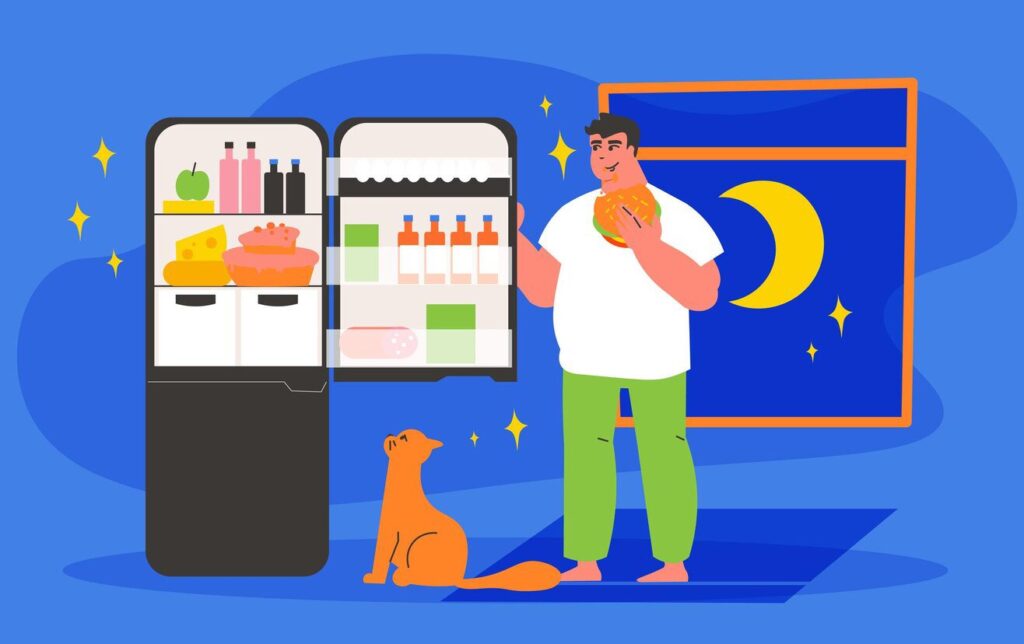In today’s competitive marketplace, advertising plays a crucial role in helping individuals and businesses promote themselves or their products. Various types of advertisements can be employed, each offering unique benefits and targeting different aspects of the consumer journey. This comprehensive guide explores the various types of advertisements that can help you market yourself or your products effectively.


Print advertising includes newspapers, magazines, brochures, and flyers. Despite the rise of digital media, print ads remain relevant, especially for targeting specific local audiences or niche markets.
Television ads have a wide reach and can effectively convey complex messages through visuals and sound. They are ideal for brand building and reaching a broad audience. Despite being expensive, they offer a high return on investment if executed well.
Radio ads are cost-effective and can target local audiences effectively. They are particularly useful for promoting time-sensitive offers and events. Radio remains a powerful medium in regions where digital penetration is low.
Social media platforms like Facebook, Instagram, Twitter, LinkedIn, and TikTok offer powerful tools for targeted advertising.
Search engine advertising, particularly Google Ads, allows businesses to target users based on their search queries. This type of advertising is highly effective for capturing intent-driven traffic.
Display ads appear on websites within the Google Display Network or other ad networks. They include banner ads, rich media, and video ads.
Email marketing remains one of the most cost-effective forms of advertising. It involves sending promotional messages or newsletters to a targeted list of recipients.
Influencer marketing leverages individuals with large followings on social media to promote products or services. This type of advertising is highly effective for building trust and reaching niche audiences.
Billboards are large advertisements placed in high-traffic areas. They are effective for brand awareness and can reach a broad audience.
Ads placed on buses, trains, and other public transportation mediums. This type of advertising targets commuters and city dwellers.
DOOH includes digital billboards, screens in shopping malls, airports, and other public places. These ads can be interactive and dynamic, offering real-time updates and engaging content.
Blogging involves creating informative and valuable content related to your industry. It helps in establishing authority, improving SEO, and driving organic traffic.
Creating video content for platforms like YouTube or your website. Videos can be tutorials, product demos, or customer testimonials.
Podcasts are audio content that can cover various topics related to your industry. They are effective for building a loyal audience and deepening customer engagement.
Long-form content that provides in-depth information on specific topics. These are often used for lead generation by offering them in exchange for contact information.
Sponsoring events, such as conferences, festivals, or sports events, can enhance brand visibility and connect with a targeted audience.
Participating in trade shows allows businesses to showcase their products, network with industry professionals, and generate leads.
Temporary retail spaces that allow brands to engage with customers directly. They create a sense of urgency and exclusivity.
Native advertising involves creating ads that blend seamlessly with the content of the platform on which they appear. They are less intrusive and can be more engaging for users.
Guerilla marketing involves unconventional, creative strategies to capture attention in public spaces. These campaigns are often low-cost and rely on viral marketing.
Creative art installations or graffiti in public places that draw attention and engage the public.
Organized public performances that surprise and engage onlookers, creating buzz and media coverage.
Unique and surprising stunts designed to go viral on social media, generating widespread attention.
Effective advertising requires a strategic mix of various types of advertisements tailored to your target audience and marketing goals. By leveraging traditional, digital, out-of-home, content marketing, experiential marketing, native advertising, and guerilla marketing techniques, you can create a comprehensive advertising strategy that enhances brand visibility, engages customers, and drives sales. Continuously analyzing the performance of your ads and adjusting your approach based on data and feedback will ensure long-term success in your marketing efforts.